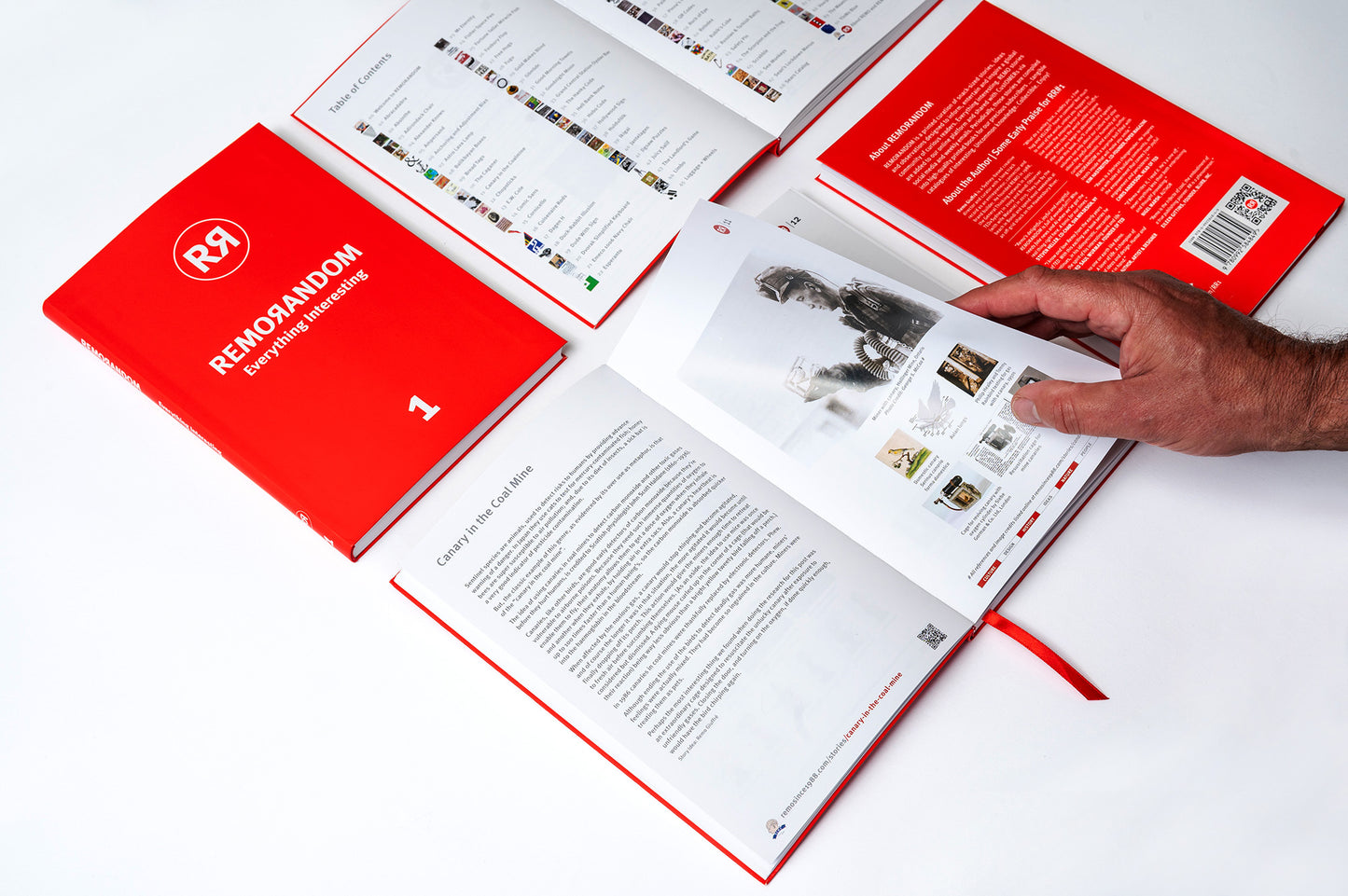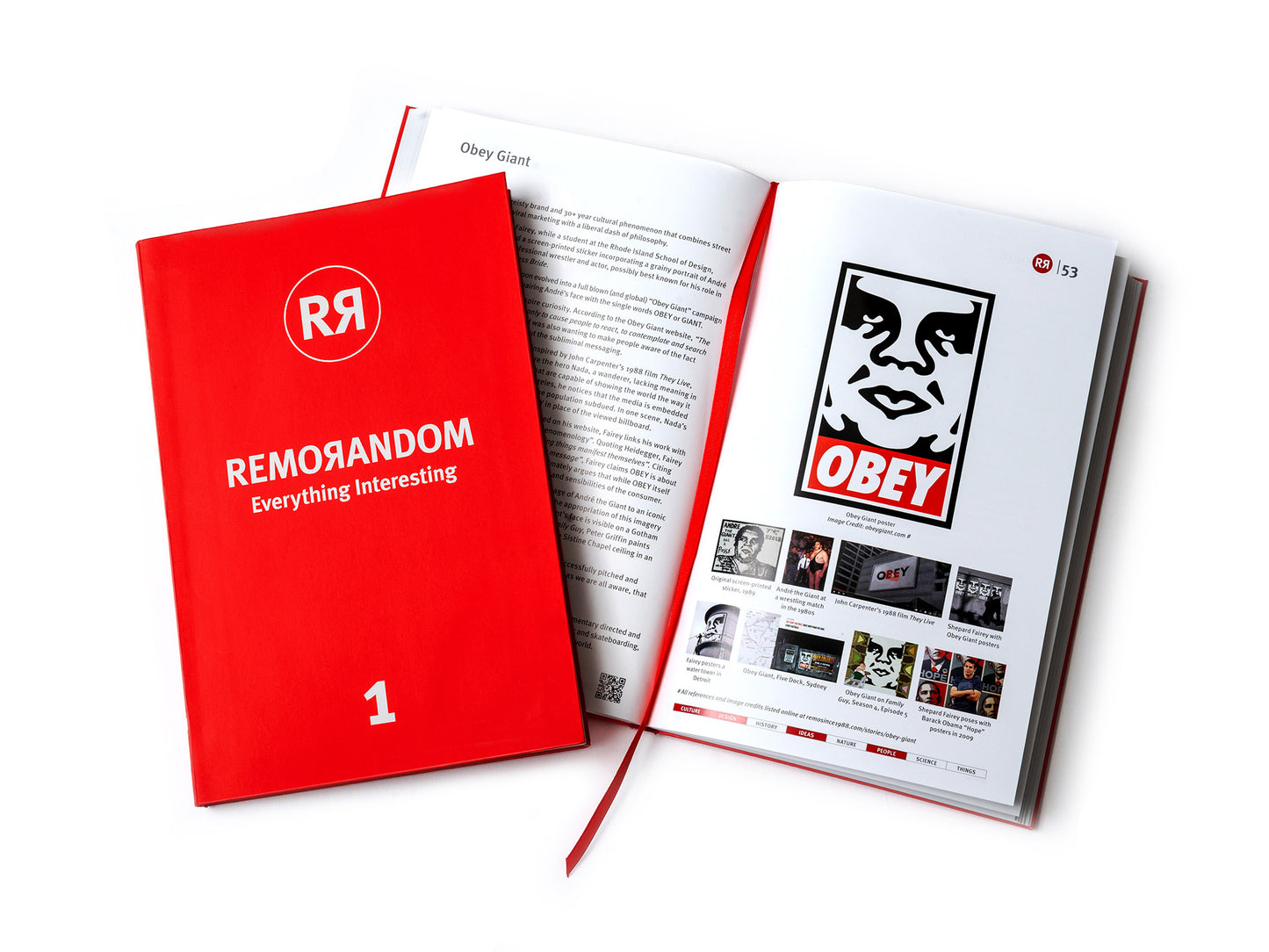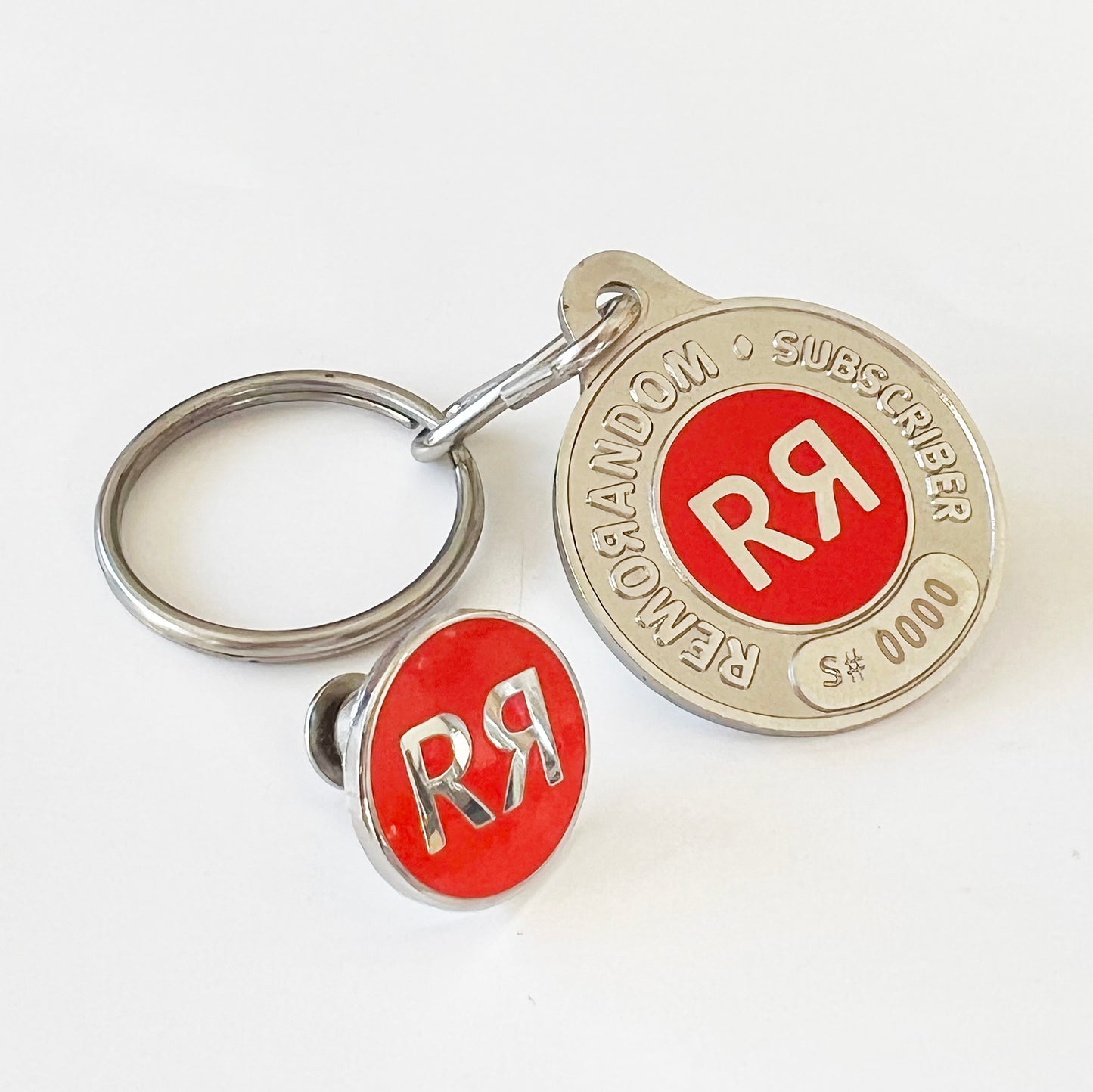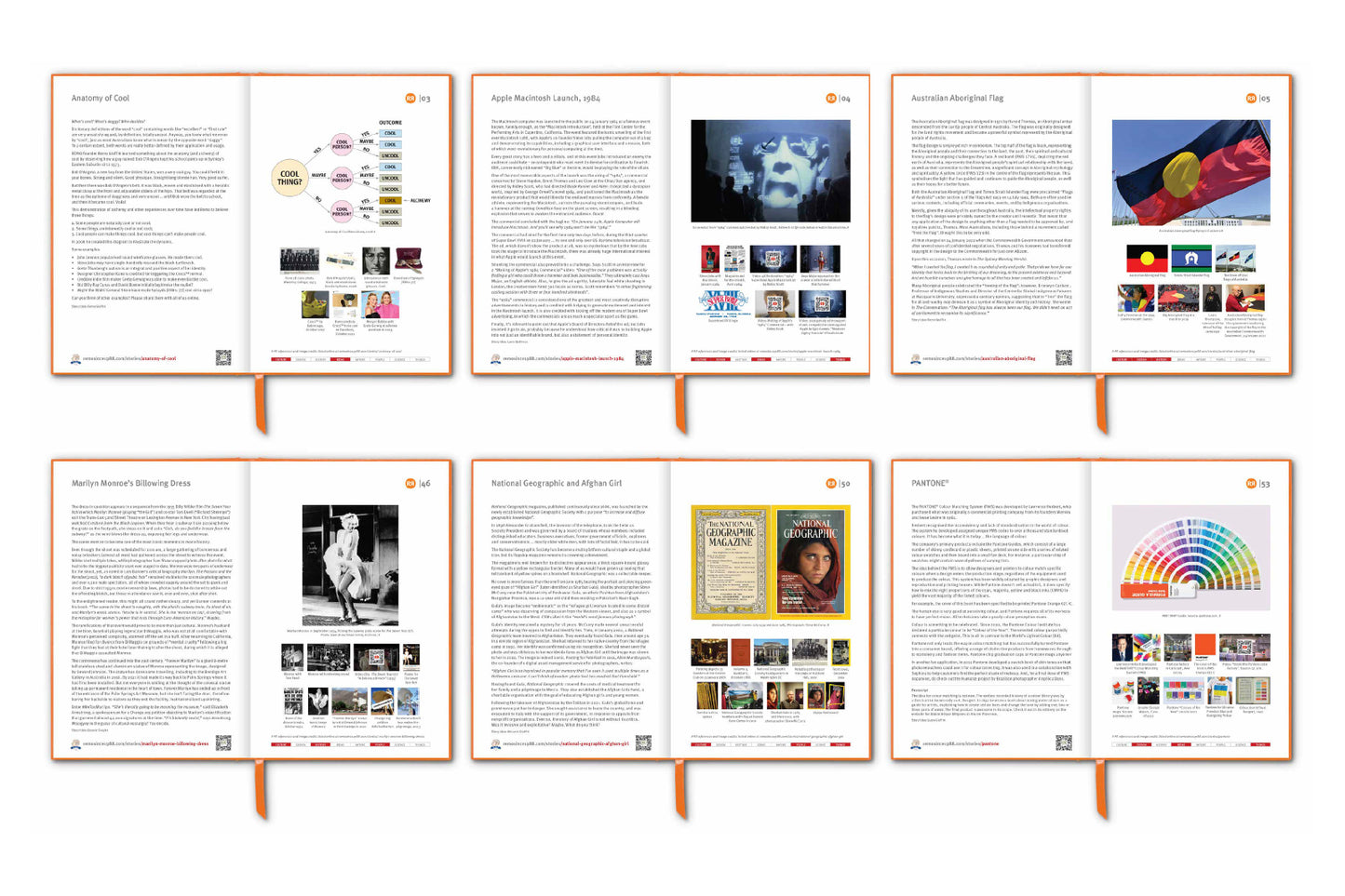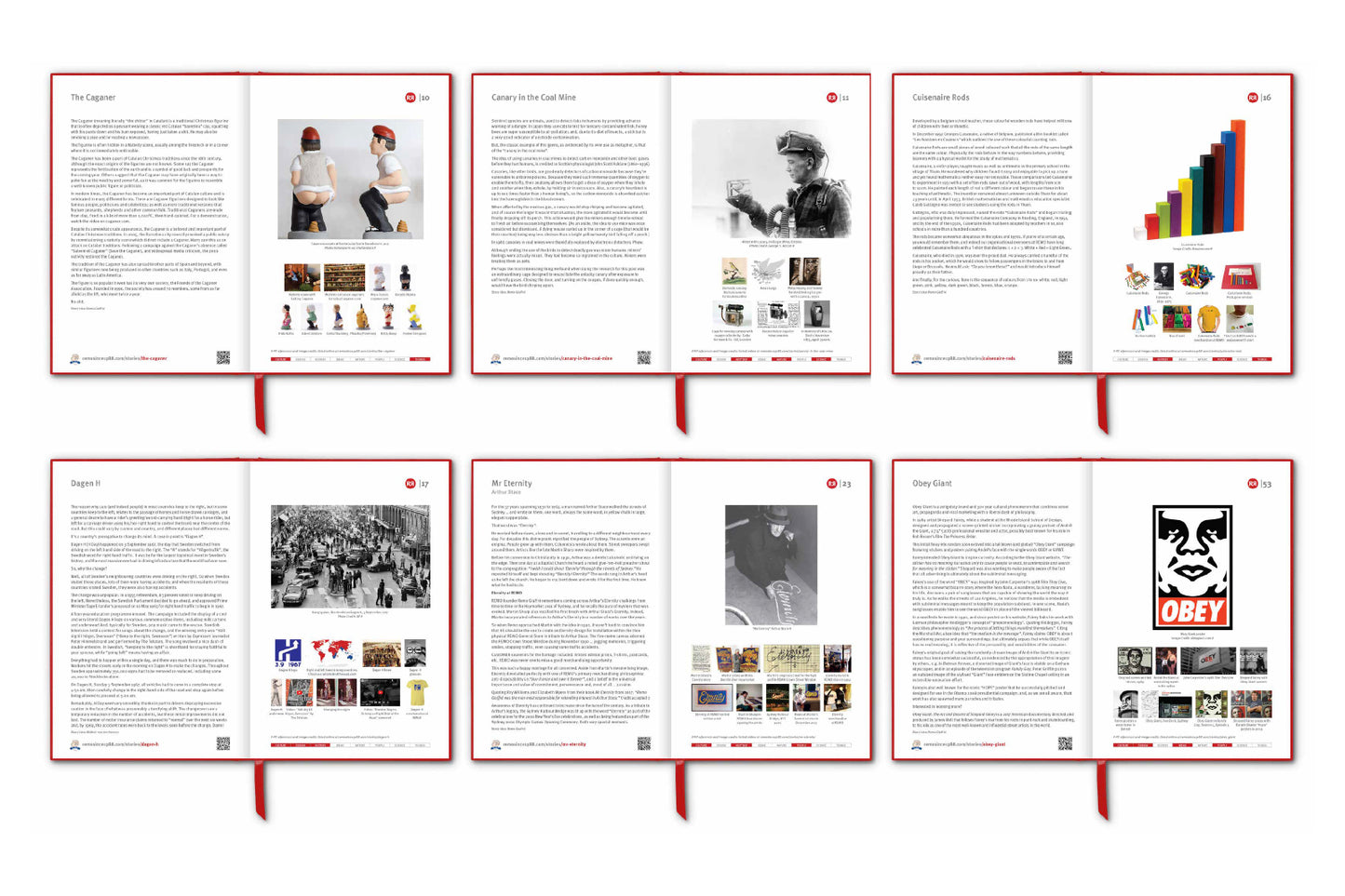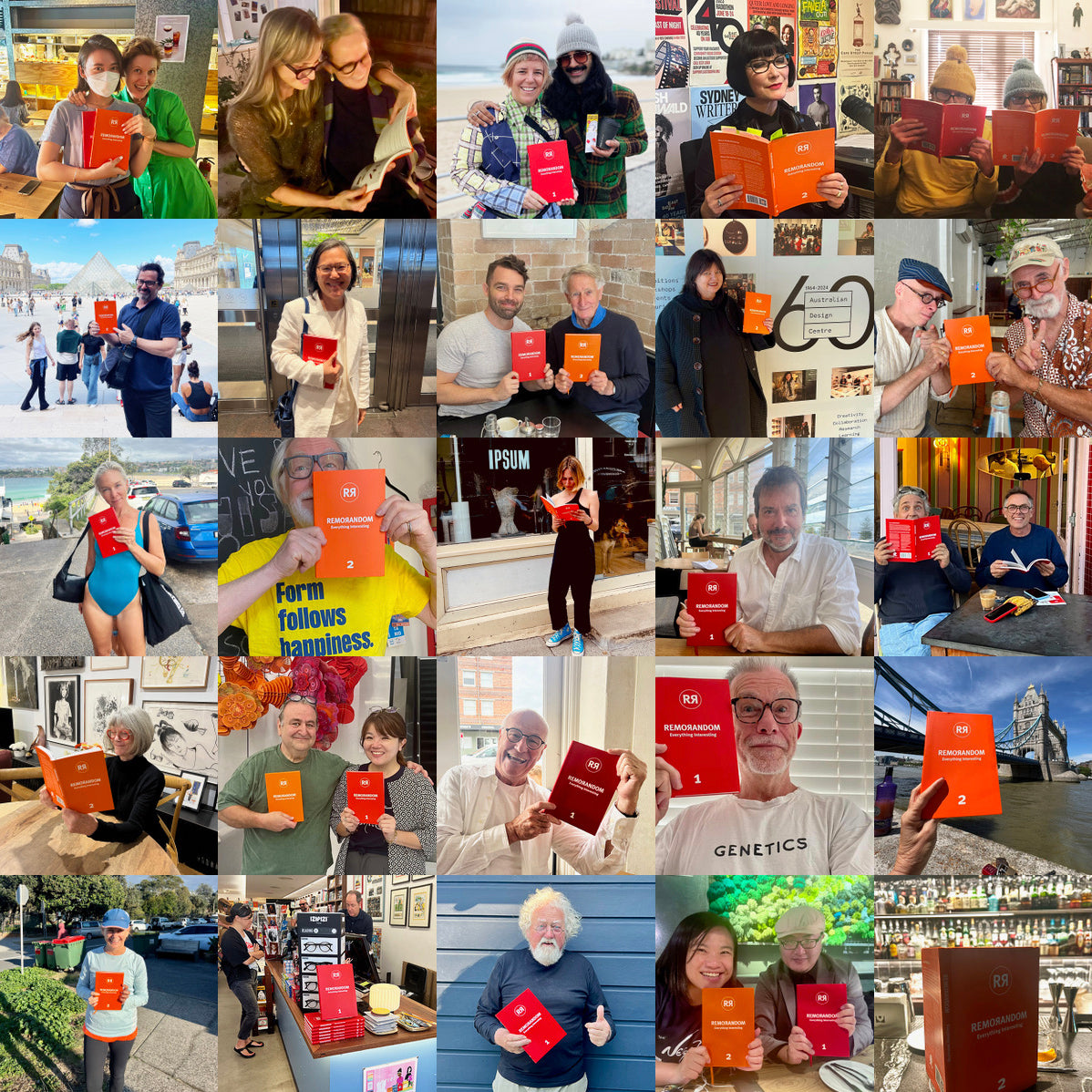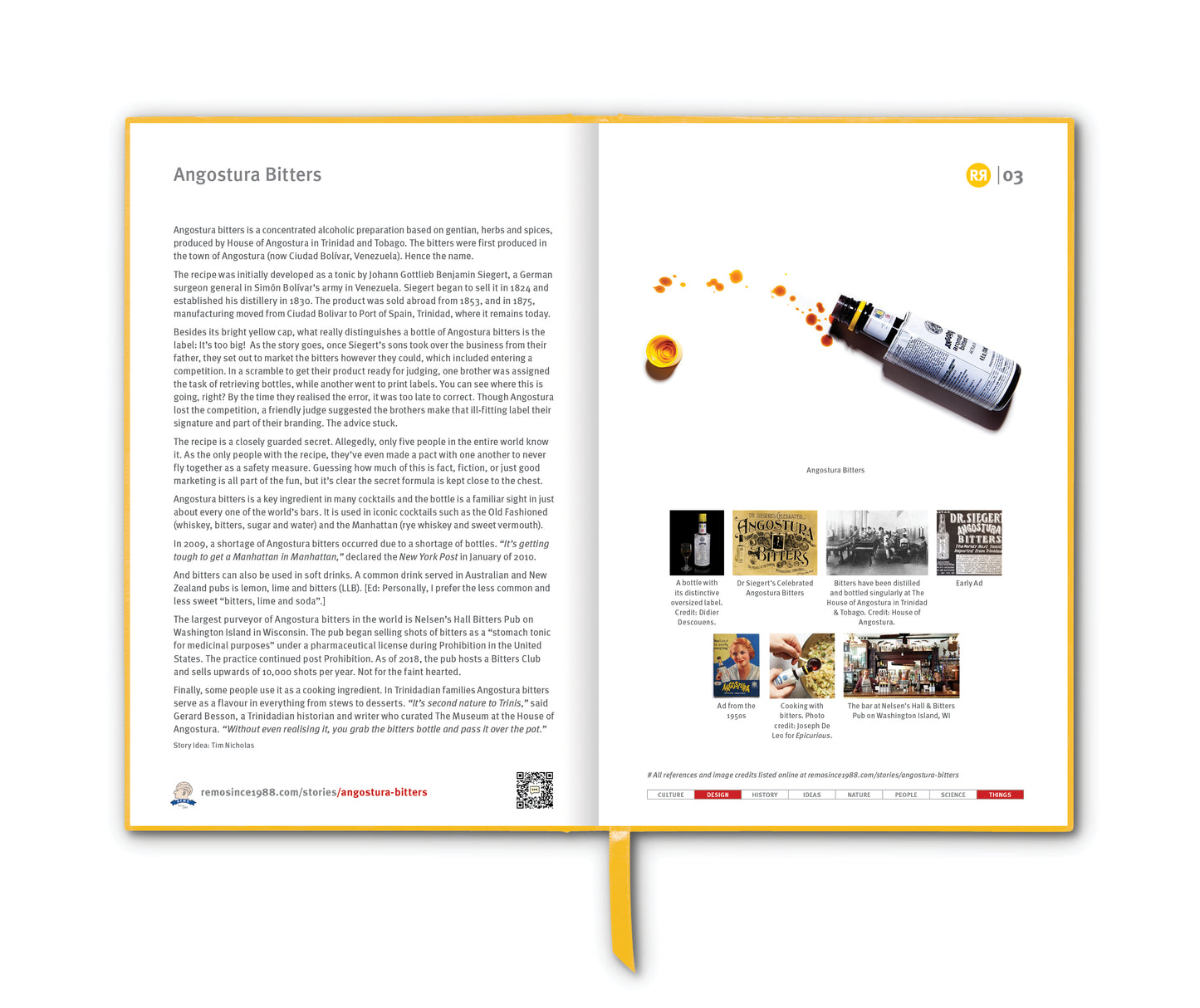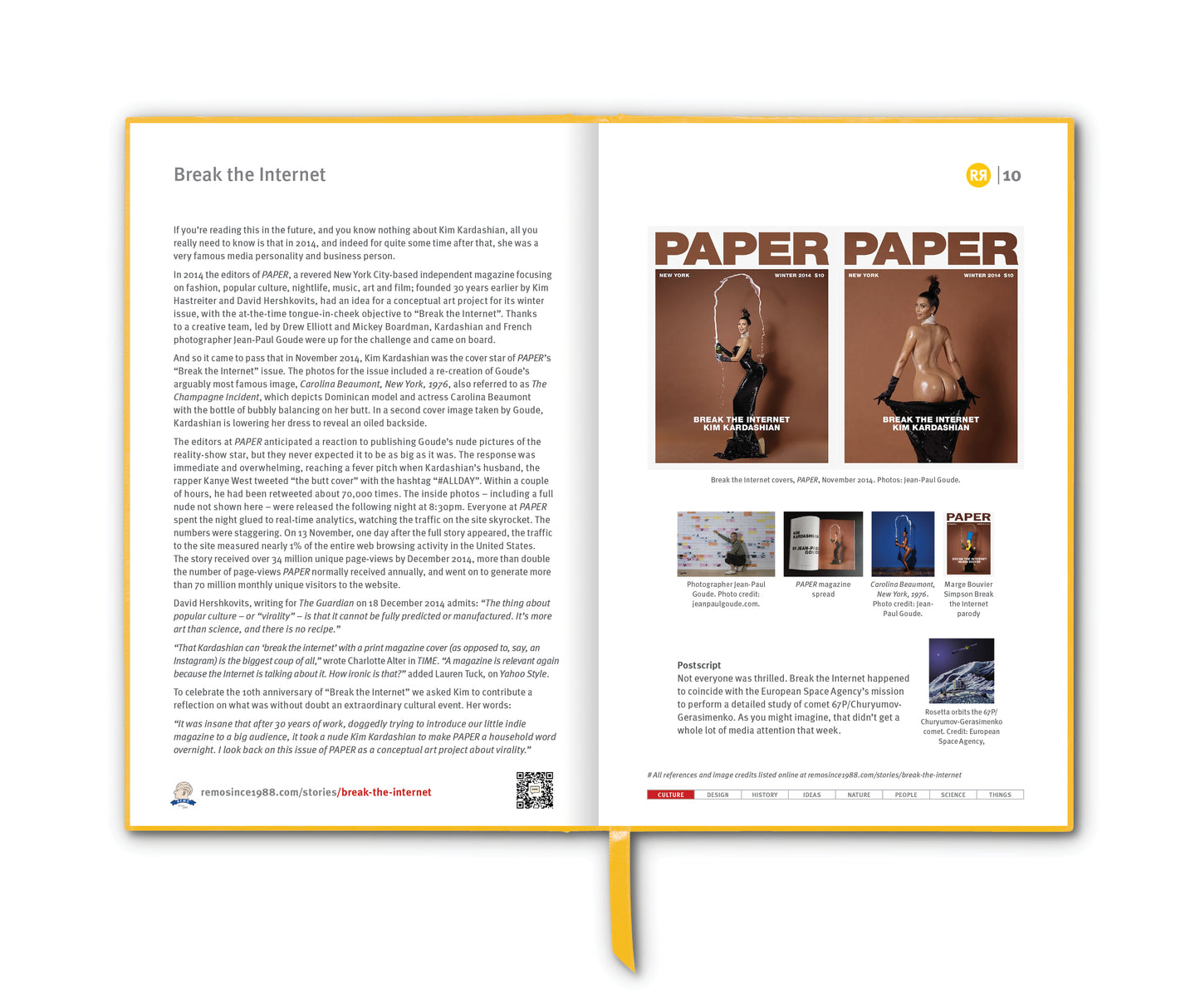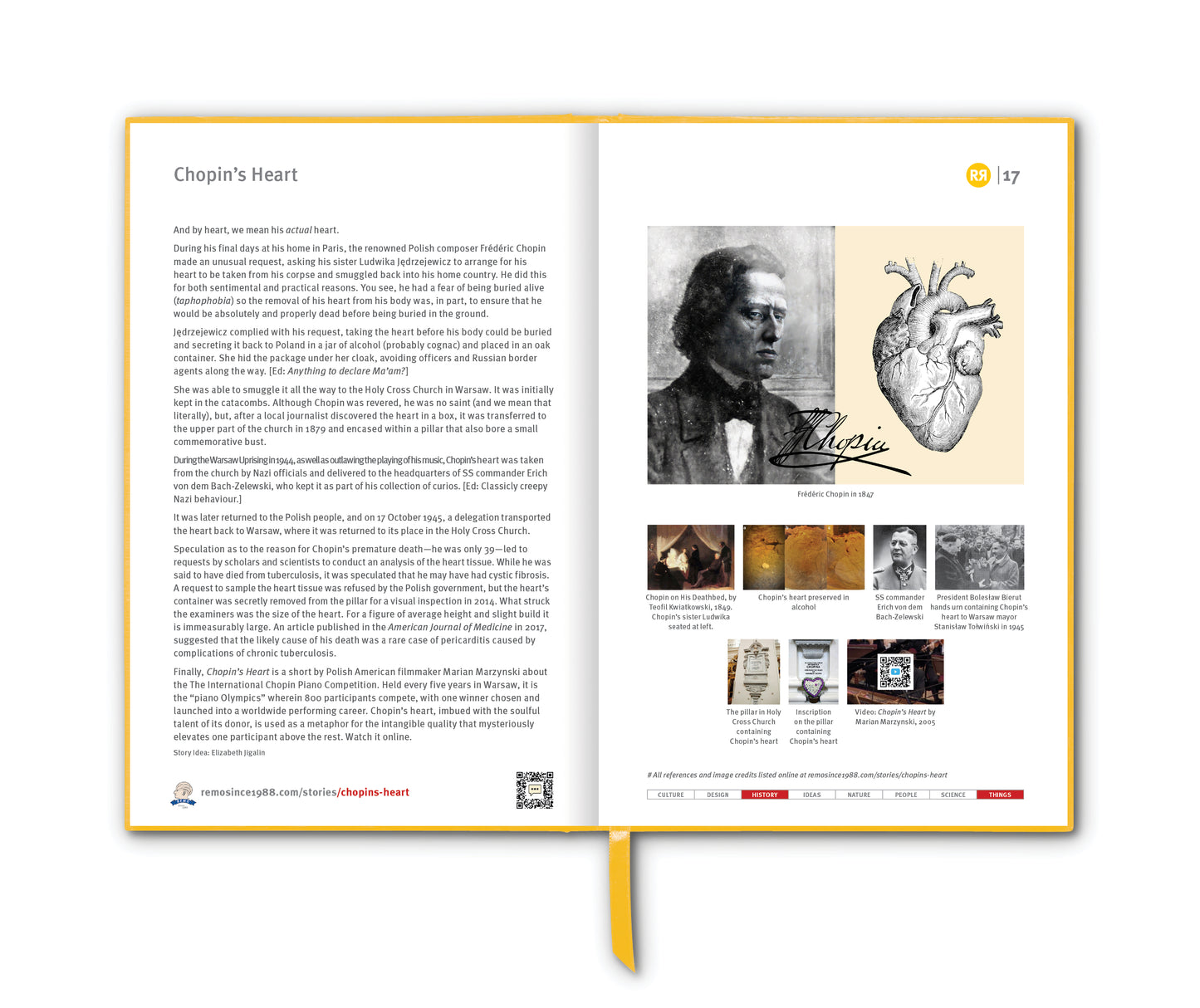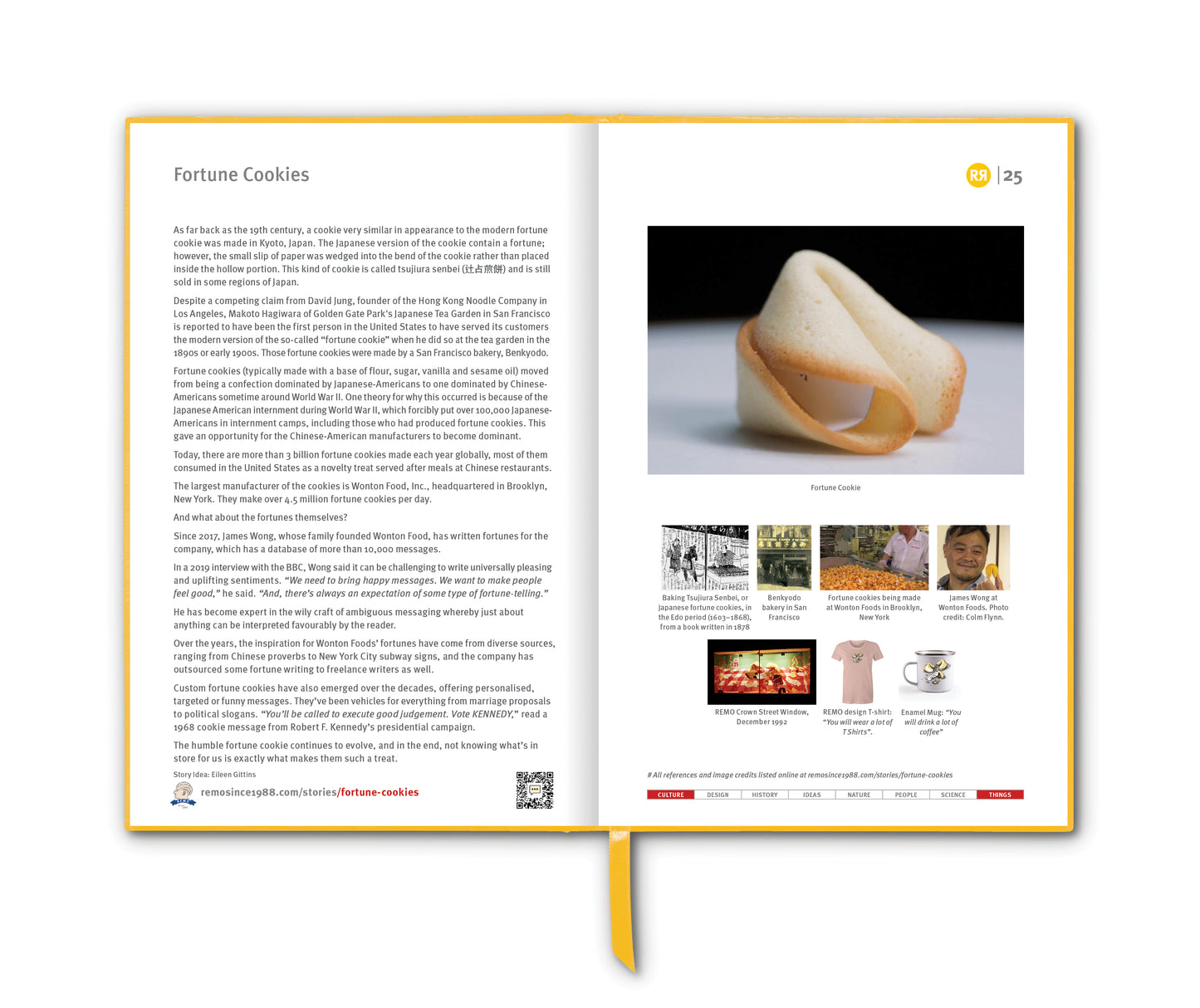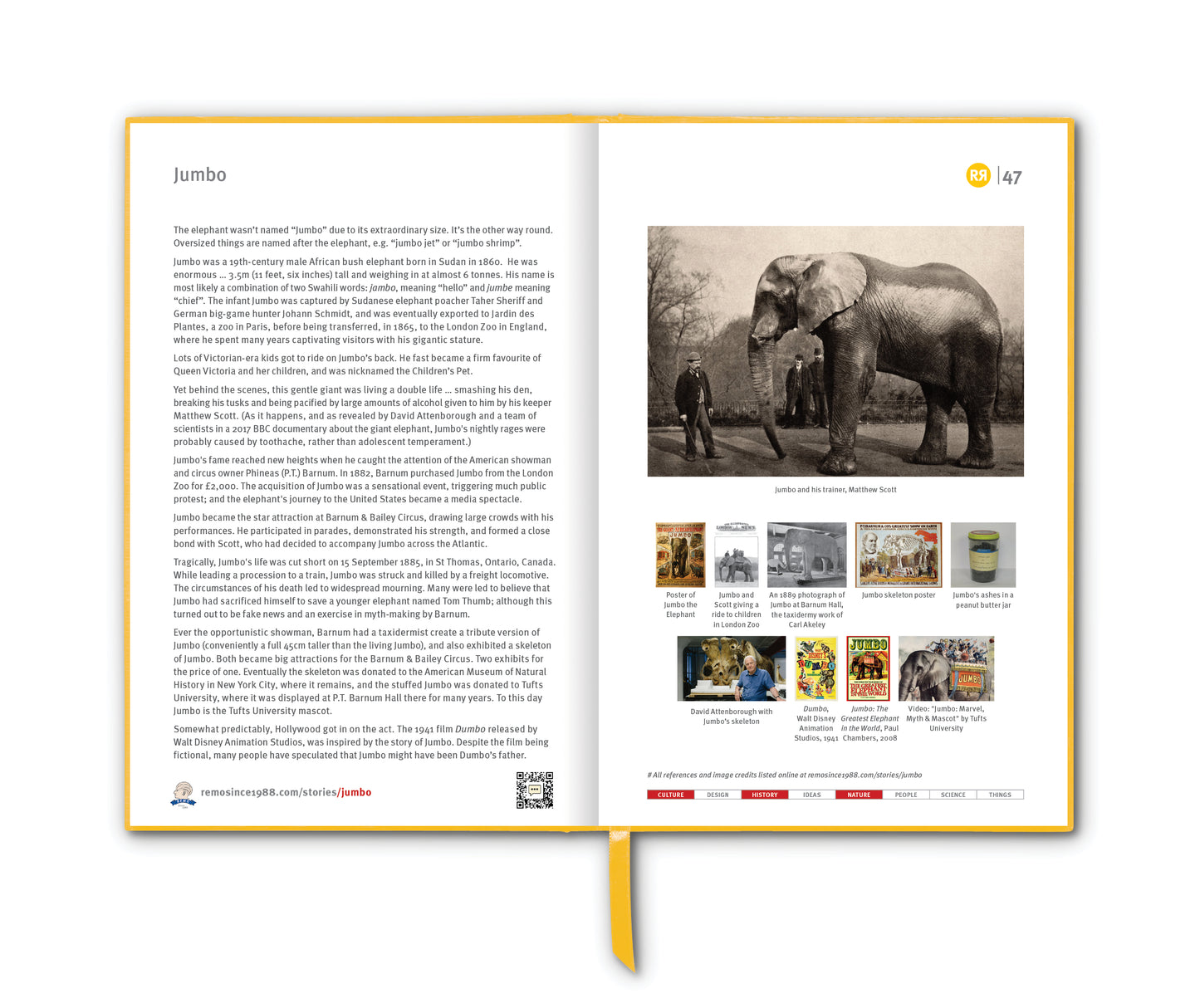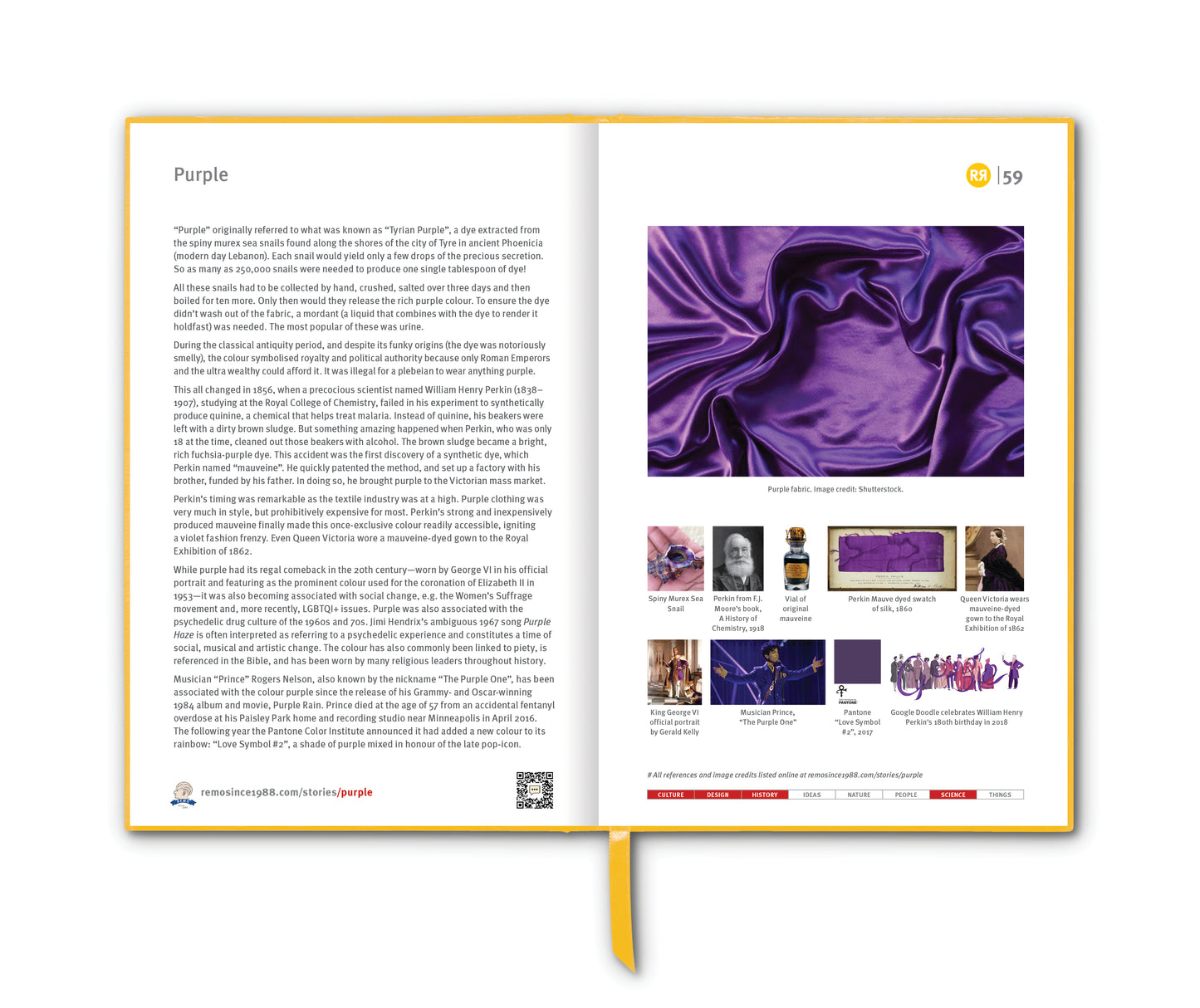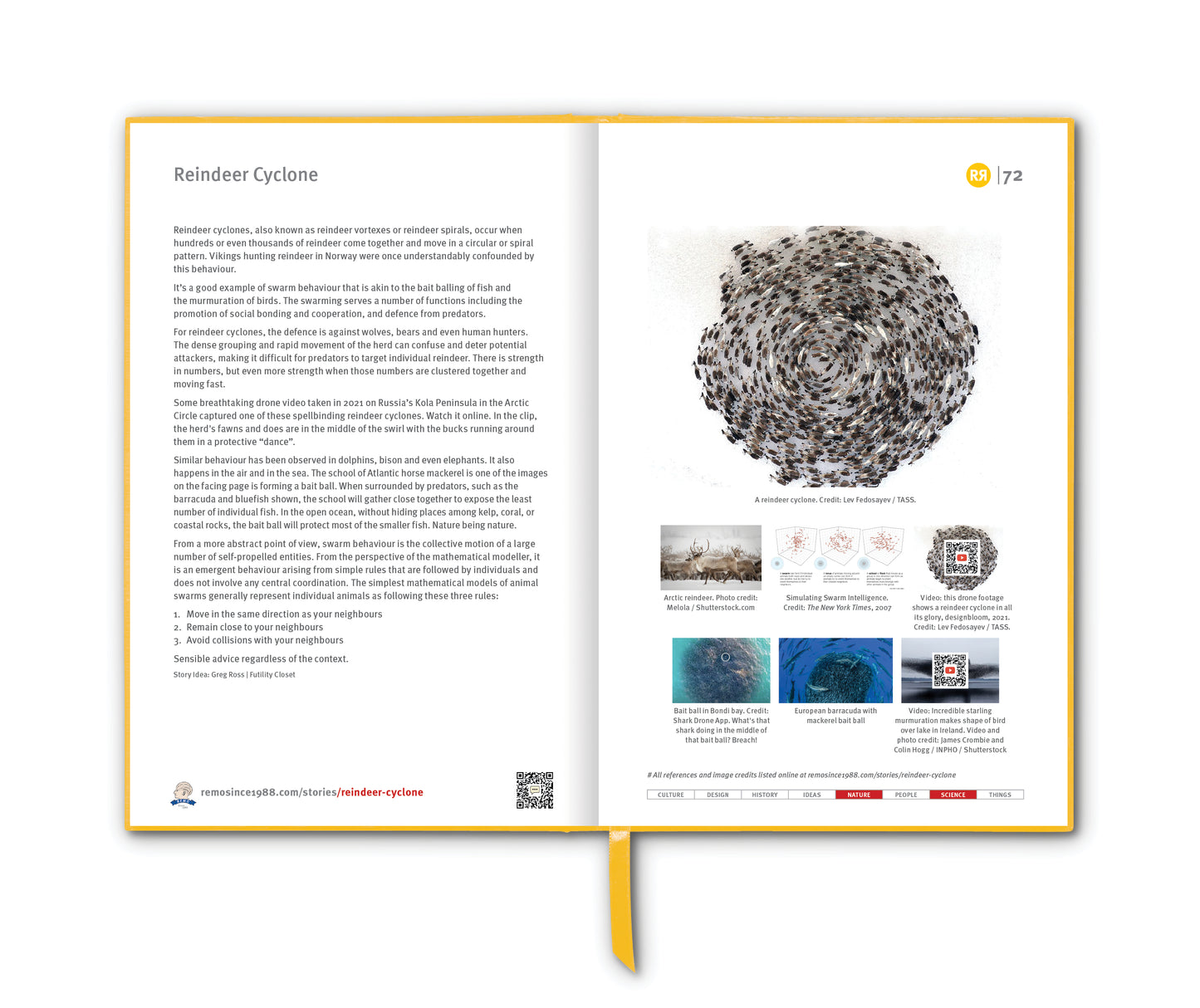The official answer (“To get to the other side”) is as famous as the “joke” itself.
"Why did the chicken cross the road?" is an example of anti-humour, where the curious setup of the joke leads the listener to expect a traditional punchline, but they are instead given a simple statement of fact. (Two more anti-joke examples: 1. What is red and smells like blue paint? Red paint. 2. A penguin walks into a bar. The bartender says, "So what will it be this time?" The penguin doesn't answer because it's a penguin.)
The riddle first appeared in an 1847 edition of The Knickerbocker, a New York City monthly magazine as an example of a conundrum that really isn’t one:
“There are 'quips and quillets' which seem actual conundrums, but yet are none. Of such is this: 'Why does a chicken cross the street?['] Are you 'out of town?' Do you 'give it up?' Well, then: 'Because it wants to get on the other side!’”
The joke was subsequently spread throughout the United States by performers in minstrel shows, a racist and since-discontinued form of theatre where mostly white actors wore blackface makeup for the purpose of comically portraying racial stereotypes of African Americans.
The chicken joke has become iconic as a generic joke to which most people know the answer, and has been repeated and changed numerous times over the course of history. Variant versions of the joke started appearing as early as the 1890s. This pun from Potter’s American Monthly, 1892: “Why should not a chicken cross the road? It would be a fowl proceeding.”
Subsequent variants have ranged from the corny:
"Why did the chicken cross the playground? To get to the other slide."
"Why did the duck cross the road?" "To prove he’s no chicken".
"Why did the chicken cross the Möbius strip? To get to the same side."
… to even more cerebral answers, such as those listed by David Moran, Senior Lecturer on Physics at Harvard University in 2008:
Albert Einstein: “The chicken did not cross the road. The road passed beneath the chicken.”
Erwin Schrodinger: “The chicken doesn’t cross the road. Rather, it exists simultaneously on both sides.”
The original chicken joke is so famous, it’s no longer funny. Everybody knows the anti-joke punchline.
Related to the notion of the anti-joke, is the concept of “No soap, radio”, a form of practical joke whereby the punch line bears no relation to the body of the joke, but participants in the prank pretend otherwise, e.g. “Two polar bears are sitting in a bathtub. The first one says, ‘Pass the soap.’ The second one says, ‘No soap, radio!’” The idea is to either trick someone into laughing along as if they "get it" or to ridicule them for not understanding. The joke became popular in New York in the 1950s. The punch line is known for its use as a basic sociological and psychological experiment, specifically relating to mob mentality and the pressure to conform.
Finally, back to that chicken crossing the road, and on a more serious note, researchers have found that an inbuilt magnetic compass guides domestic chickens when they do venture across the asphalt and other surfaces. Indeed, many animals have an innate sense of direction, finding their way along migration routes that extend thousands of miles. Often, they detect Earth’s magnetic field and use that for orientation.
Story Idea: Jackie Dent
______________
References
https://en.wikipedia.org/wiki/Why_did_the_chicken_cross_the_road%3F
https://www.facebook.com/AntiJokeCat/
https://twitter.com/AntiJokeCat
https://en.wikipedia.org/wiki/No_soap_radio
https://www.nbcnews.com/id/wbna19695549
https://www.physics.harvard.edu/undergrad/humor
Images
1. Chicken crossing a road
2. Caution chicken crossing sign by smartsign.com
3. The Knickerbocker, 1847
4. Anti-joke example. Credit: DIYLOL.com
5. Anti-Joke Cat tweet from 14 September 2012
6. Farside cartoon by Gary Larson
7. Homer has a shower radio called "No Soap- Radio!" The Simpsons, Season 4, Episode 3, 1992
8. Rooster design at REMO
9. Rooster design merchandise HERE





